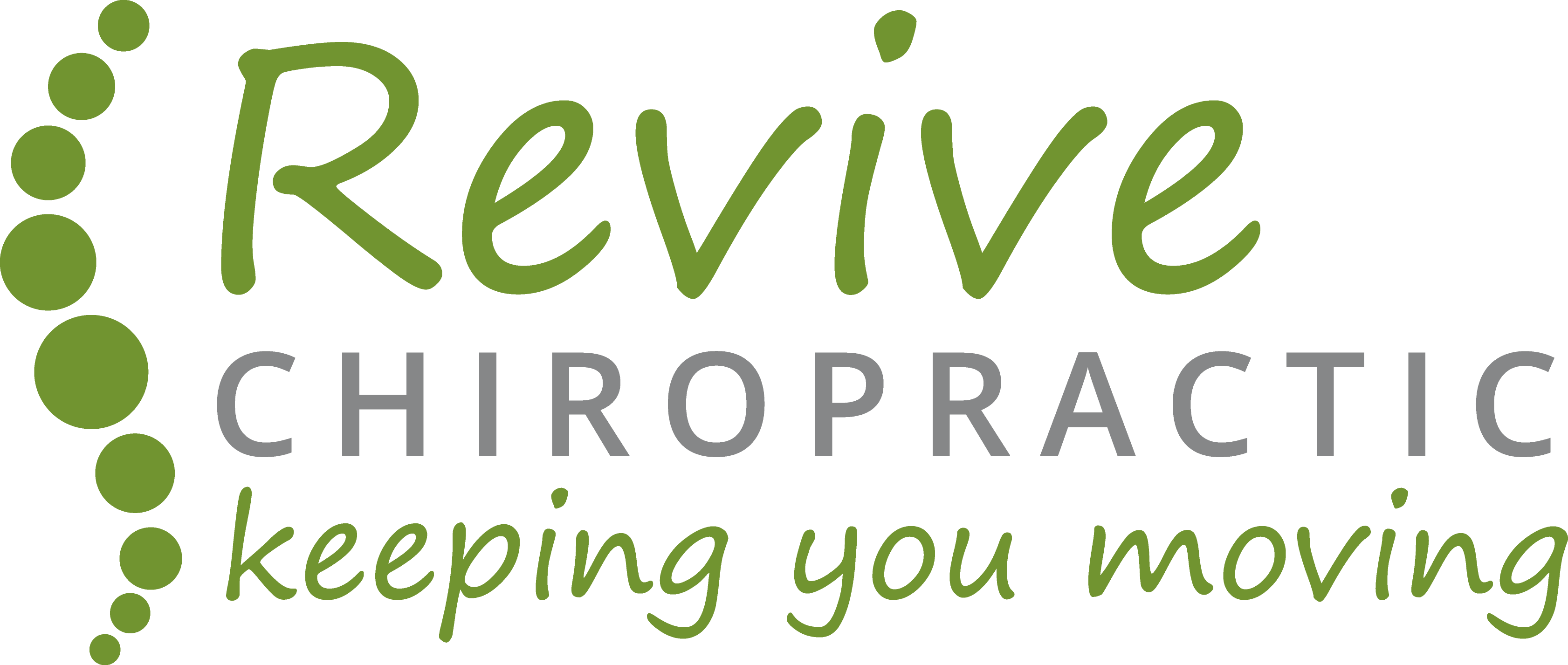
It is Wimbledon fortnight and the whole of the country goes tennis mad for 2 weeks so we thought we’d jump on the tennis bandwagon. Here is a list of the top 5 tennis injuries.
Most people think of tennis elbow as the top tennis sporting injury but this is not true says Alison Eaves a Chiropractor in Leeds. “Because of the rapid change of pace and subsequent deceleration it is lower extremity injuries that cause tennis players the most problems. Achilles tendonitis, infrapatellar tendonitis, strained gastrocnemius (calf muscle) and sprained ankles are some of the most common tennis injuries. The overhead serving action plays havoc with backs and knees as well as the shoulders.”
Top 5 Tennis Injuries
- Sprained ankle
- Shoulder pain
- Calf strain
- Stress fracture of the back
- Tennis elbow
So number 1 in the top 5 tennis injuries is a sprained ankle, no great surprises there as this is the number 1 sports injury. This is why tennis plays work very hard on all aspects of their balance and control of movement. Poor movement patterns and lack of flexibility will inevitably increase the likelihood of turning an ankle. Even a very minor sprained ankle may lead to 7-10 days of forced rest and in more severe cases may take 6 to 8 weeks to fully heal.
The overhead serving action is responsible for the number 2 on the list, shoulder pain. Any overhead action reduces sub-acromial space and can lead to impingement of the rotator cuff tendons. Once inflamed it can require a lengthy period of rehabilitation to reduce the inflammation and restore full movement to the shoulder.
Number 3 is a calf strain normally caused by rapid acceleration and deceleration. Expect to take 2 weeks off for a minor calf strain and 3-4 weeks if more severe and more muscle fibres are torn. Treatment involves gentle massage to the gastrocnemius and soleus muscles that make up the calf muscle to prevent the muscle fibres shortening as they heal and then progressive exercises to strengthen and stabilise the ankle, knees and hips to prevent recurrence.
Number 4 on the list is a stress fracture of the back and yet again it is the serving action that causes the problem. Extension and rotation of the lumbar spine and the repetitive nature of the serving action mean additional stress is placed on the vertebra of the spine and over time this weakens the bone. Symptoms include progressive low back pain and if left untreated this can go on to become quite a serious injury. So if in doubt seek professional advice for any low back pain.
Finally you may not be surprised to see tennis elbow coming in at number 5 of the top 5 tennis injuries. According to the International Tennis Federation “An estimated 50{8c34c0d03372d798e22443fa1cd79a4c0c458739bec8c1532104b8390ef42220} of all tennis players will suffer from tennis elbow in the course of their career. Players over 35 are particularly at risk.” (http://www.itftennis.com/scienceandmedicine/injury-clinic/tennis-injuries/tennis-elbow.aspx)
Let’s not forget that our resident superstar Andy Murray received regular treatment for a low back injury from Jean-Pierre Bruyere, the resident chiropractor for the Lawn Tennis Association. Chiropractors are now commonplace in the world of professional tennis with many of the game’s top players travelling with a chiropractor and chiropractors are present at almost every top tennis tournament.
Revive Chiropractic is based in the North Leeds suburb of Adel and chiropractor Alison Eaves is available to help with all of the top 5 tennis injuries.

